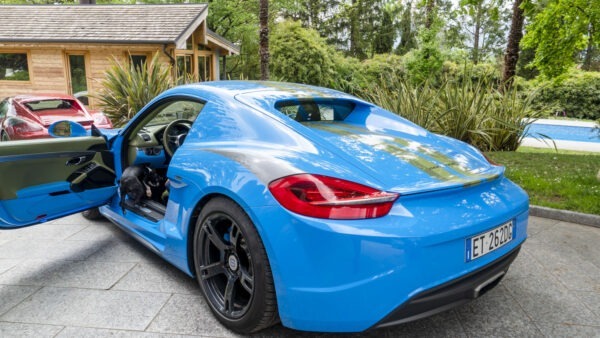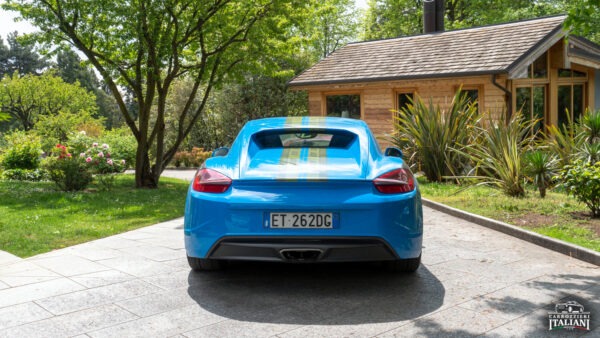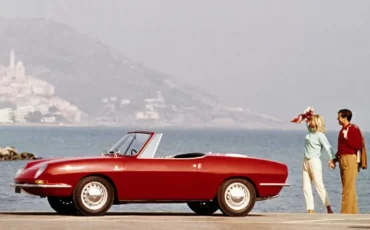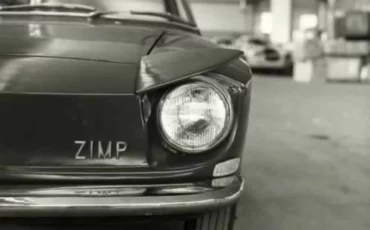In the illustrious world of bespoke automotive design, the Porsche Moncenisio by StudioTorino stands as a beacon of artistry, seamlessly blending impeccable craftsmanship with a rich tapestry of automotive heritage. Beyond its role as an automotive marvel, the Moncenisio serves as a poignant tribute to Alfredo Stola’s father, the visionary founder of StudioTorino, while concurrently commemorating the pioneering Susa Moncenisio hill climb of 1908 – a pivotal event that marked the genesis of uphill racing.
StudioTorino's Evolution
Founded in 2005, StudioTorino emerged as a paradigm shift in the automotive design landscape. Following the sale of Stola SPA, the company positioned itself as a custodian of artisanal craftsmanship, specializing in bespoke creations and limited series. The initial collaboration with Ruf, a prominent Porsche tuner and manufacturer, laid the groundwork for subsequent ventures, leading to the unveiling of the RK Spider in 2005 and the RK Coupé in the following year. These early endeavors served as stepping stones to the zenith of StudioTorino’s creative journey – the creation of the Porsche Moncenisio in 2014.
Design Philosophy and Inspirations
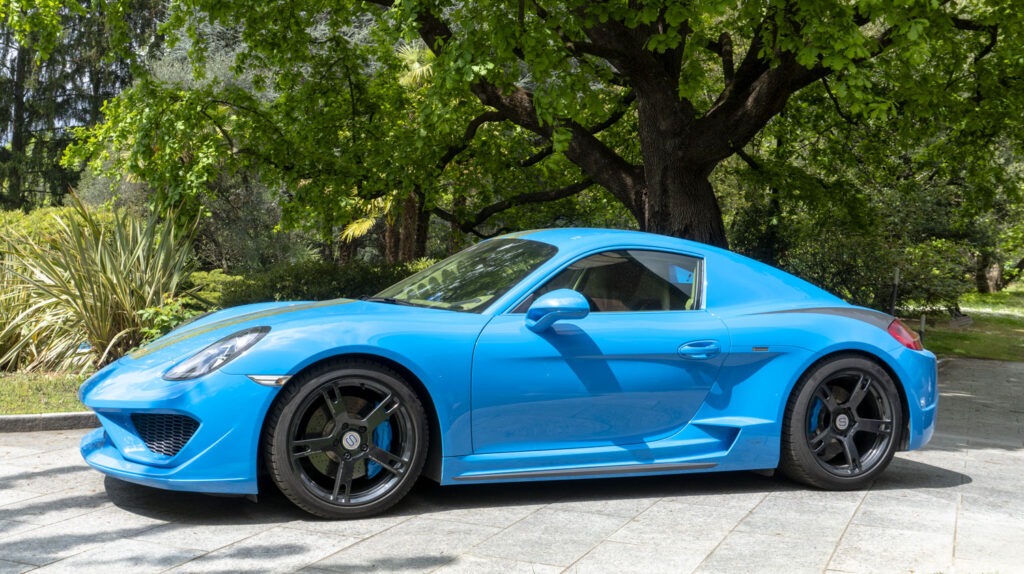
At the heart of the Moncenisio’s allure lies its meticulously crafted design, the brainchild of the visionary designer, Daniele Gaglione. Renowned for his creative brilliance, Gaglione drew inspiration from the iconic Porsche 904, weaving elements of classic elegance into the Moncenisio’s aesthetic DNA. The design seamlessly integrates cues such as the distinctive hood cap, the absence of a second side window, and the uniquely styled rear hatch – all reminiscent of the classic Porsche 904.
Alfredo Stola's Collaboration with Ferdinand A. Porsche
The Moncenisio’s design narrative is deeply entwined with Alfredo Stola’s association with Ferdinand Alexander Porsche, forged during their joint venture on the Cayenne in 1999. This collaboration laid the foundation for architectural choices seen in the Moncenisio. The design echoes not only the classic 904 but also encapsulates elements that reflect the shared vision and passion of these automotive maestros.
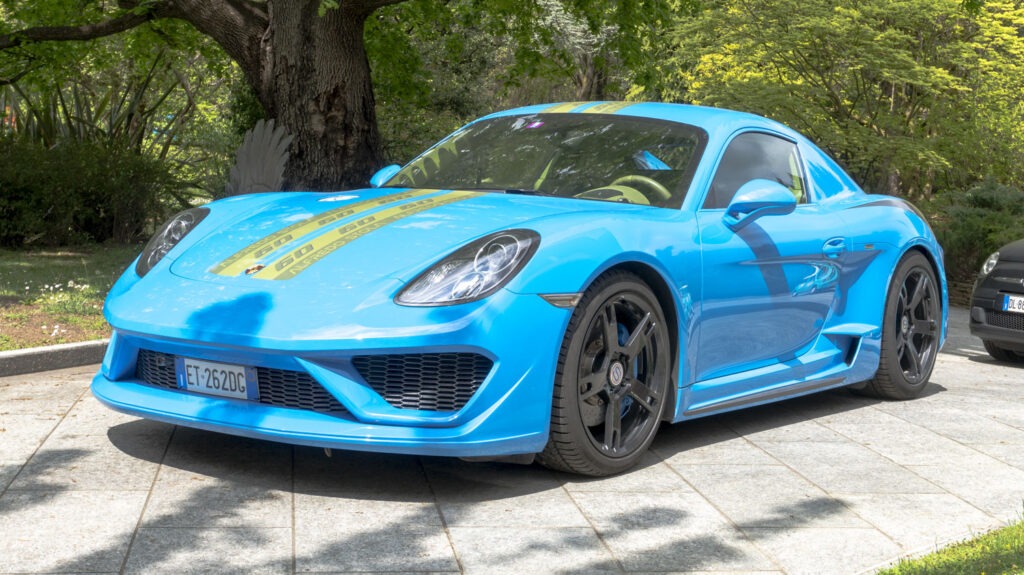
Celebrating Handcrafted Excellence
A distinctive feature that sets the Moncenisio apart is its crafting entirely by hand, defying the conventions of modern manufacturing. Rejecting the efficiency of computer-aided design and manufacturing, the dedicated team, led by Daniele Gaglione, employed traditional tools such as chisels and sandpaper. This commitment to manual craftsmanship serves as a poignant homage to Alfredo Stola’s father, emphasizing the bespoke nature of the Moncenisio.
Details that matters
To underscore the Moncenisio’s significance as a tribute to Alfredo Stola’s father, three platinum plaques were meticulously crafted by a skilled goldsmith in Arezzo. These plaques, far surpassing mere platinum plating, stand as tangible testaments to the unparalleled attention to detail and personalization invested in this exceptional automobile.
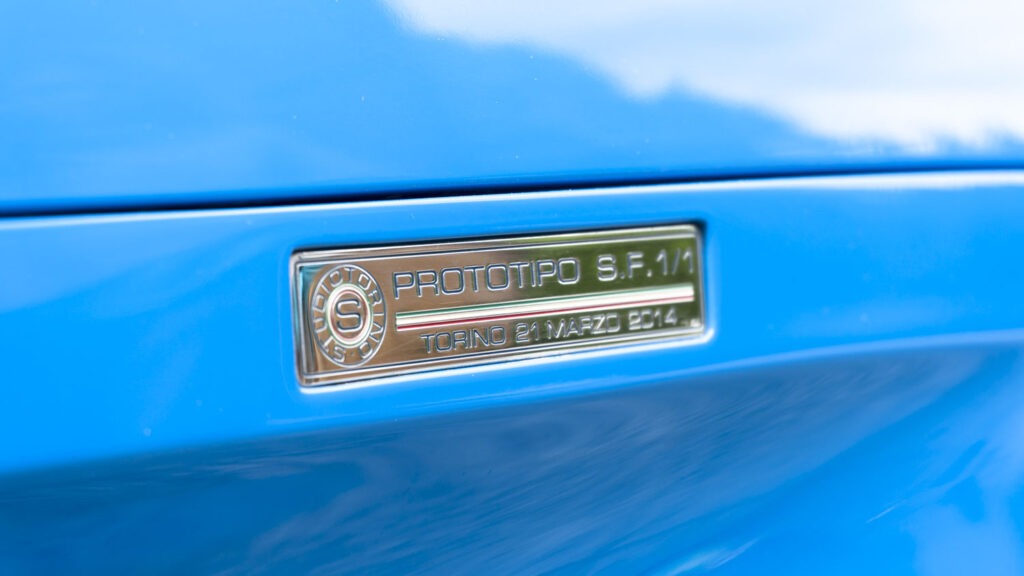
The captivating color palette of the Moncenisio, representing the sky, lake, and pastures of the Moncenisio pass, was a result of Maria Paola Stola’s discerning eye. The careful selection of two shades of green aimed to create a visually striking and three-dimensional effect, capturing the essence of the picturesque surroundings that inspired this bespoke creation.
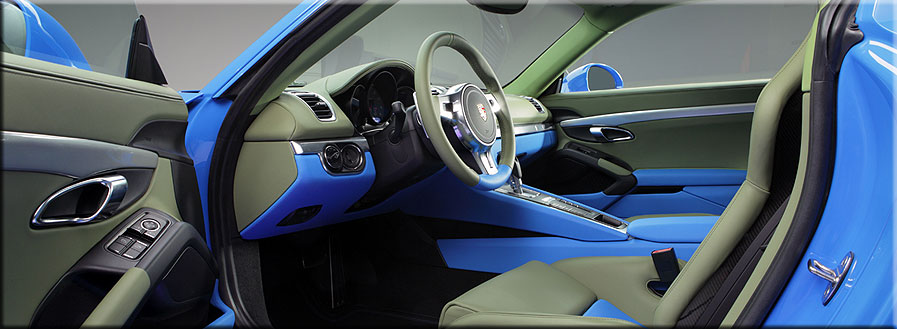
Daniele Gaglione's Creative Touch
It’s imperative to underscore the pivotal role played by Daniele Gaglione in bringing the Moncenisio to life. As the mastermind behind the design, Gaglione’s creative genius lent the Moncenisio its distinctive personality, seamlessly blending classic Porsche elements with contemporary aesthetics. Renowned for his prior work on the exteriors of the Alfa Romeo 8C, Gaglione’s influence is evident in the Moncenisio’s timeless design.
Extreme Adventures: From Weissach to Capo Nord
The Moncenisio’s journey from its official unveiling at the Porsche factory in Weissach to the iconic Moncenisio pass and an extraordinary expedition to Capo Nord showcased its versatility and adaptability. The daring adventure included specific modifications for extreme conditions, such as personalized wheels inscribed with the names of cities the vehicle would traverse, studded tires for optimal traction, and a slightly raised suspension to navigate through snow and ice.

The decision to embark on an unforgettable winter journey to Capo Nord, the northernmost point of the world continental, was a testament to StudioTorino’s commitment to pushing boundaries. The journey covered 850 kilometers from Rovaniemi, known as the capital of the Arctic Circle and Santa Claus’s official residence. The Moncenisio underwent slight modifications, including personalized wheels inscribed with city names and studded tires, ensuring optimal performance in extreme conditions. The expedition, serving both as an adventure and a test, provided valuable insights into the Moncenisio’s resilience, with temperatures reaching as low as minus 26 to 27 degrees Celsius.
Conclusion
In summation, the Porsche Moncenisio emerges not merely as an automotive marvel but as a multifaceted masterpiece, weaving together elements of craftsmanship, heritage, and unforgettable adventures. From its inception to its handcrafted excellence, vibrant color palette, and daring winter odyssey, the Moncenisio stands as a testament to StudioTorino’s unwavering commitment to creating unparalleled automotive works of art. This exceptional project not only pays homage to the past but also serves as a visionary guidepost for future endeavors in the realm of bespoke automotive design, encapsulating the enduring legacy of Alfredo Stola’s vision, the artistic ethos of StudioTorino, and the creative brilliance of Daniele Gaglione.

